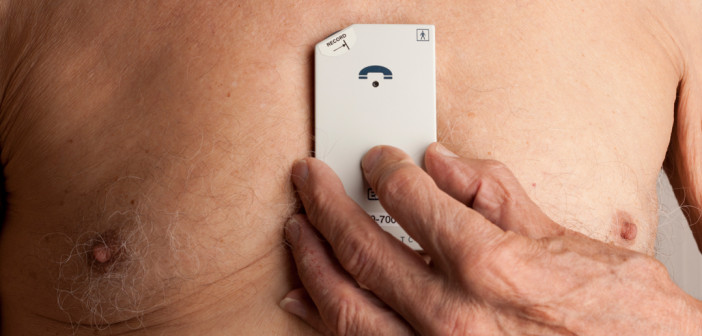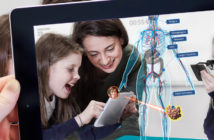Parkinson’s disease is a degenerative disorder of the central nervous system that affects around six million people today and is projected to double to almost 10 million by 2030. There is currently no cure for the condition, but one team of mathematicians and clinicians has devised a system for detecting Parkinson’s using voice recordings, potentially improving the treatment management for those affected. The Parkinson’s Voice Initiative uses Twilio, a software and cloud-based communications company, to analyse suspected Parkinson’s in people over any voice call enabled device, increasing accessibility to preemptive healthcare.
Mathematician and TED fellow, Max Little, has been analysing the human voice from a mathematical perspective since studying for his PhD at Oxford University in 2003. Looking for a practical application for his work, he found it in analysing voice disorders, such as when a person’s voice had become weakened from overuse or after vocal fold surgery. It wasn’t until a few years later that his research took him to understanding the impact of Parkinson’s, and how the voice can play a crucial role in the disorder.
“The physical motor tremors of Parkinson’s affect the vocal folds in similar ways that they affect the rest of the body, so we invested our time and effort into developing a technology to test for symptoms using voice recordings alone,” explains Little. “The current objective symptom tests for Parkinson’s are still expensive, time consuming, and logistically difficult, and as a result are rarely undertaken outside of trials.”
Parkinson’s Voice Initiative
Through their Parkinson’s Voice Initiative, Little and his team have developed a set of computer algorithms that can analyse fluctuations, tremors and other symptoms in recordings of the human voice. When compared and contrasted against sample sets of both Parkinson’s sufferers and healthy individuals, the system can effectively detect the presence of symptoms associated with the disease.
“It was crucial to ensure our test had the lowest barrier to entry for our users, and given the ubiquity, the telephone was an obvious choice for a sample collecting device,” said Little. “This is where Twilio comes in; its ability to connect up large volumes of call data with our computer software makes it the perfect solution for what we are looking to achieve.”
Detecting and understanding Parkinson’s
Participants are given a local Twilio phone number to call from any voice call enabled device, be that a mobile, home phone, VoIP client or any device capable of dialling a number. After a brief recorded prompt, participants submit around 20 to 30 seconds of steady ‘ahhh’ voice recording. Twilio sends this data to Parkinson’s Voice’s programmable PHP-based platform, which collects, analyses, and stores the recordings.
The initiative also collates and contrasts this voice data with self-reported symptom data provided by health-focused social network, PatientsLikeMe, to verify symptom predictions based on the voice recordings.
Prior to coming across Twilio in the early stages of development, Little and his team experimented with alternative solutions before settling on their current setup, Little explains: “We tried using an IVR-based system initially, but couldn’t guarantee the level of accuracy needed to make this a serious solution. Twilio has proved to be far more robust. It’s fair to say that with any technology we planned for and expected a certain degree of capture failure; that at least a small number would be handled incorrectly. That hasn’t proven to be the case, and thus far we have been able to boast a 100% capture rate.”
Parkinson’s Voice, one call at a time
After successful trials, Parkinson’s Voice opened its lines in January 2014 for a new study, and by the end of the month had collected over 600 calls from around the world. Twilio makes it a simple process for each number to have its own recorded voice prompt, so not only is the team able to operate in different languages, but also can offer regional/national accents, something of which Little is keen to stress the importance of. “It’s key to remember that our test subjects are often elderly. Simple things like offering a familiar accent can help to make the experience easy.”
The six month project ran until June 2014. The team plans to upload their findings to Sage Bionetworks, a collaborative, open science research platform, once all the voice recordings are collated. The challenge is to use the voice recordings to predict Parkinson’s symptom severity by applying sophisticated algorithms, which in effect seek to replicate the predictions made by a neurological expert.
Feedback offered to Little and Parkinson’s Voice from clinicians working in the field has been enthusiastic. “They recognise how clinical trials are very slow and expensive, and by automating tests in this way, the costs of running medical trials can be brought down, speeding up research which may one day lead to cures. Medical research by its nature can be quite risk averse, and using effective innovations like Twilio helps us to accelerate this research,” Little concluded.
Twilio empowers developers to build powerful communication. Twilio powers the future of business communications, enabling phones, VoIP, and messaging to be embedded into web, desktop, and mobile software.





